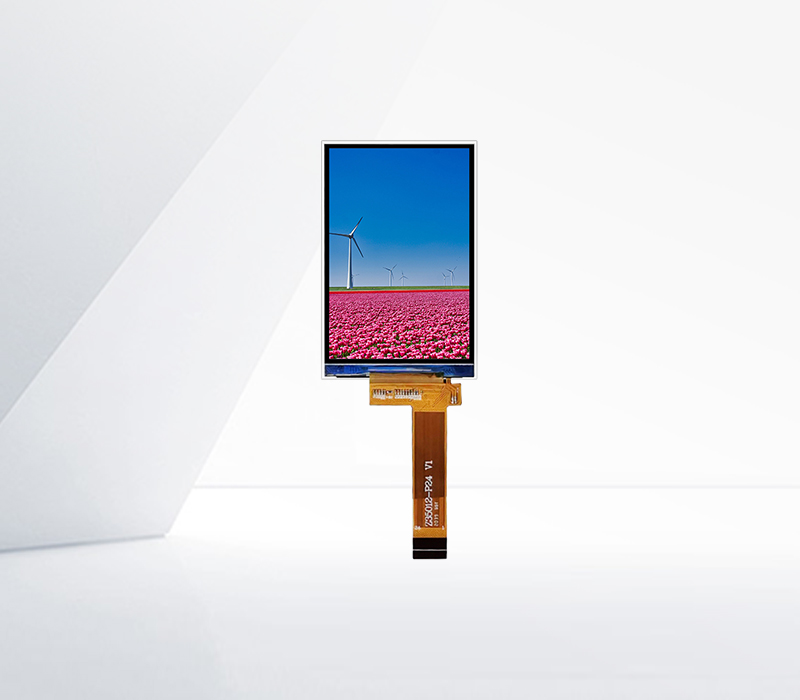



Upgrade of LCD Display Technology

The upgrade of LCD display technology is driven by the continuous pursuit of better visual performance and user experience. One of the key areas of upgrade is in the resolution. In recent years, there has been a significant shift towards higher - resolution LCD displays. From the standard 1920x1080 (Full HD) resolution, many monitors and displays now support 2560x1440 (Quad HD) or even 3840x2160 (4K Ultra HD) resolutions. This upgrade allows for more detailed and immersive visual experiences, whether it's for gaming, watching high - definition videos, or multitasking with multiple windows.
Another important upgrade is in the refresh rate. A higher refresh rate, such as 144Hz, 240Hz, or even 360Hz, reduces motion blur and makes fast - moving images smoother. This is especially important for gamers and users who watch high - speed sports or action - packed videos. To achieve higher refresh rates, improvements in the display driver electronics and the liquid crystal response time are necessary. Newer LCD technologies, such as In - Plane Switching (IPS) with improved liquid crystal materials, can offer faster response times, enabling higher refresh rates without sacrificing color accuracy.
The color gamut is also an area of focus for upgrade. A wider color gamut means that the LCD display can reproduce a more extensive range of colors. Traditional LCD displays typically cover around 72% of the NTSC color gamut, while modern high - end displays can cover up to 99% or more of the DCI - P3 color gamut. This upgrade in color gamut makes the colors on the screen more vivid and true - to - life, enhancing the visual experience for content creators and consumers alike.
Energy - efficiency is also an important aspect of LCD display technology upgrades. Newer displays are designed to consume less power while maintaining high - performance. This is achieved through improvements in the backlight technology, such as the use of more efficient LEDs or the development of local dimming techniques, which can adjust the brightness of different areas of the backlight independently, reducing overall power consumption.
